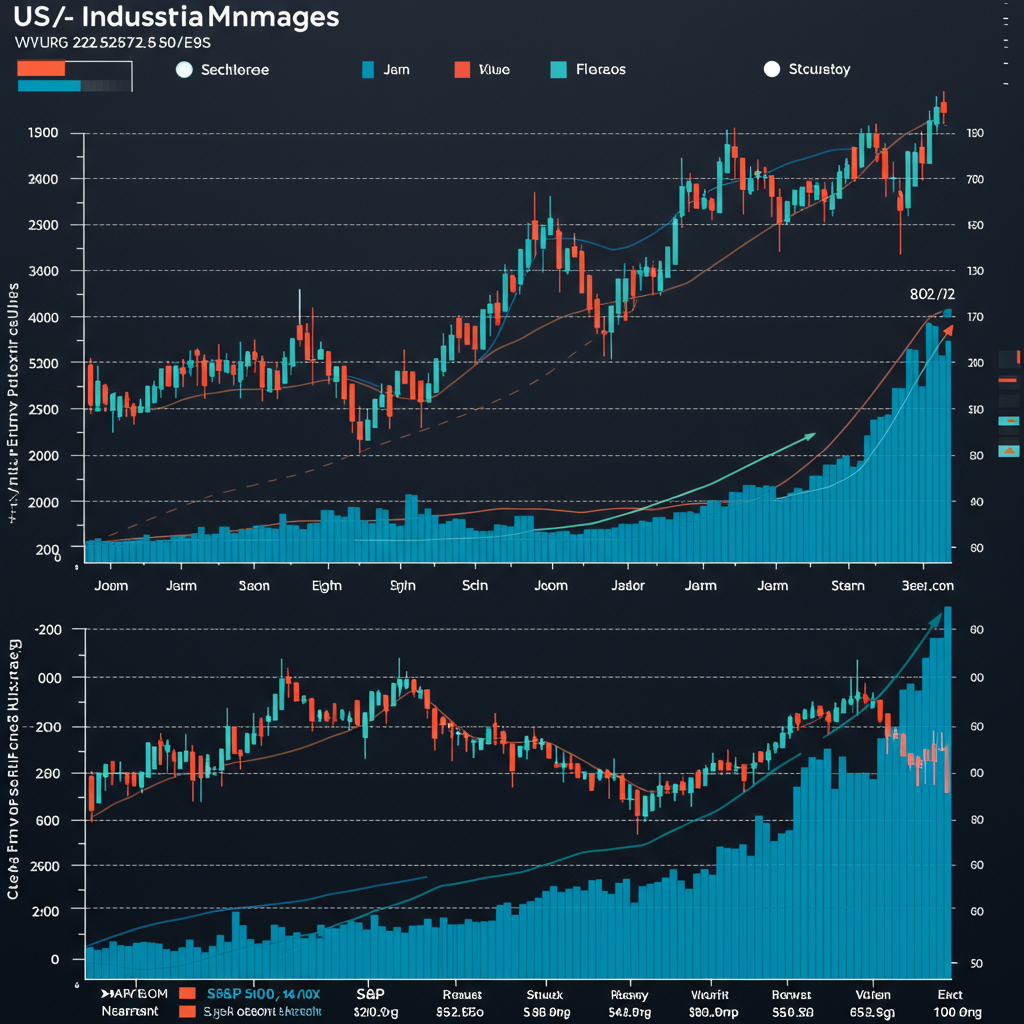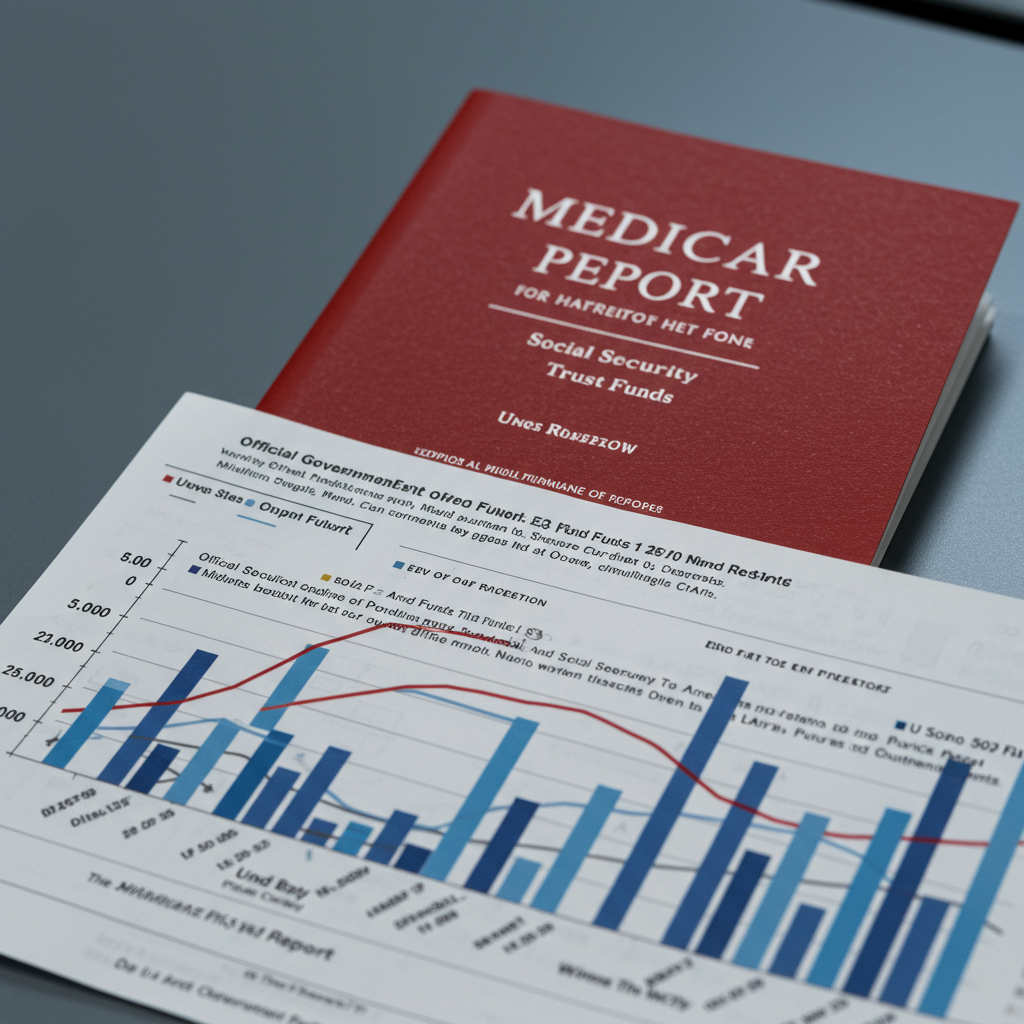US stock futures held steady in early trading, suggesting major indices are poised to maintain momentum built over recent sessions. This comes as the Dow Jones Industrial Average, S&P 500, and Nasdaq Composite remain within striking distance of recent peaks, fueled by a combination of geopolitical optimism and strong sector performance.
Recent Market Performance
The stability in futures follows a period of notable advances for the market. Earlier this week, indices saw a significant rebound, recovering losses from a previous downturn. This rally was largely attributed to diminishing concerns over potential escalation in the Israel-Iran conflict, leading investors to regain appetite for risk assets.
The Dow Jones Industrial Average saw gains, reversing a substantial drop from the prior trading day.
The S&P 500 also climbed significantly, reaching its highest closing level since February 20th in recent trading sessions.
The Nasdaq Composite, heavily weighted in technology, led gains, demonstrating strong investor confidence in the tech sector.
Driving some of this tech enthusiasm was Nvidia (NVDA), which recently surpassed Microsoft (MSFT) to become the world’s most valuable company by market capitalization, highlighting the immense value currently placed on AI-related growth.
Key Market Influences
Beyond geopolitical factors, several elements are shaping the current market environment:
Economic Data: Recent domestic data has offered a mixed picture. The Job Openings and Labor Turnover Survey (JOLTS) showed an unexpected rise in job openings, signaling a stable labor market. Conversely, some data points suggest a potential slowdown, with continuing jobless claims reaching their highest level in several months, indicating it’s taking longer for some individuals to find new employment.
Inflation & The Fed: Recent inflation readings, including the Producer Price Index (PPI) and Consumer Price Index (CPI), have shown price pressures easing or increasing less than expected. This easing inflation, alongside ongoing political pressure for rate cuts, puts the Federal Reserve in a complex position ahead of its next policy meeting. While analysts widely anticipate the Fed will hold interest rates steady initially, bets on potential rate cuts later in the year, possibly beginning in September, have increased.
Tariff Uncertainty: President Trump’s renewed threats of unilateral tariffs against trading partners continue to cast a shadow over the market. While some officials suggest extensions to existing pauses on tariff hikes are likely for countries in negotiations, the broader uncertainty persists. International organizations like the OECD have warned that these trade policies could significantly dampen global economic growth, impacting investment and business confidence, and forecasting slower US growth in the coming years.
- Sector Performance: Recent days have seen the Energy and Technology sectors leading market gains, while sectors like Real Estate and Consumer Staples have lagged.
- finance.yahoo.com
- finance.yahoo.com
- finance.yahoo.com
Looking Ahead
As futures indicate a steady open, the market remains sensitive to incoming economic data, Federal Reserve communications, and developments on the trade policy front. While geopolitical concerns have recently subsided, offering a boost, the fundamental economic signals and the unpredictable nature of tariff negotiations continue to influence investor sentiment as indices navigate levels near recent highs.




